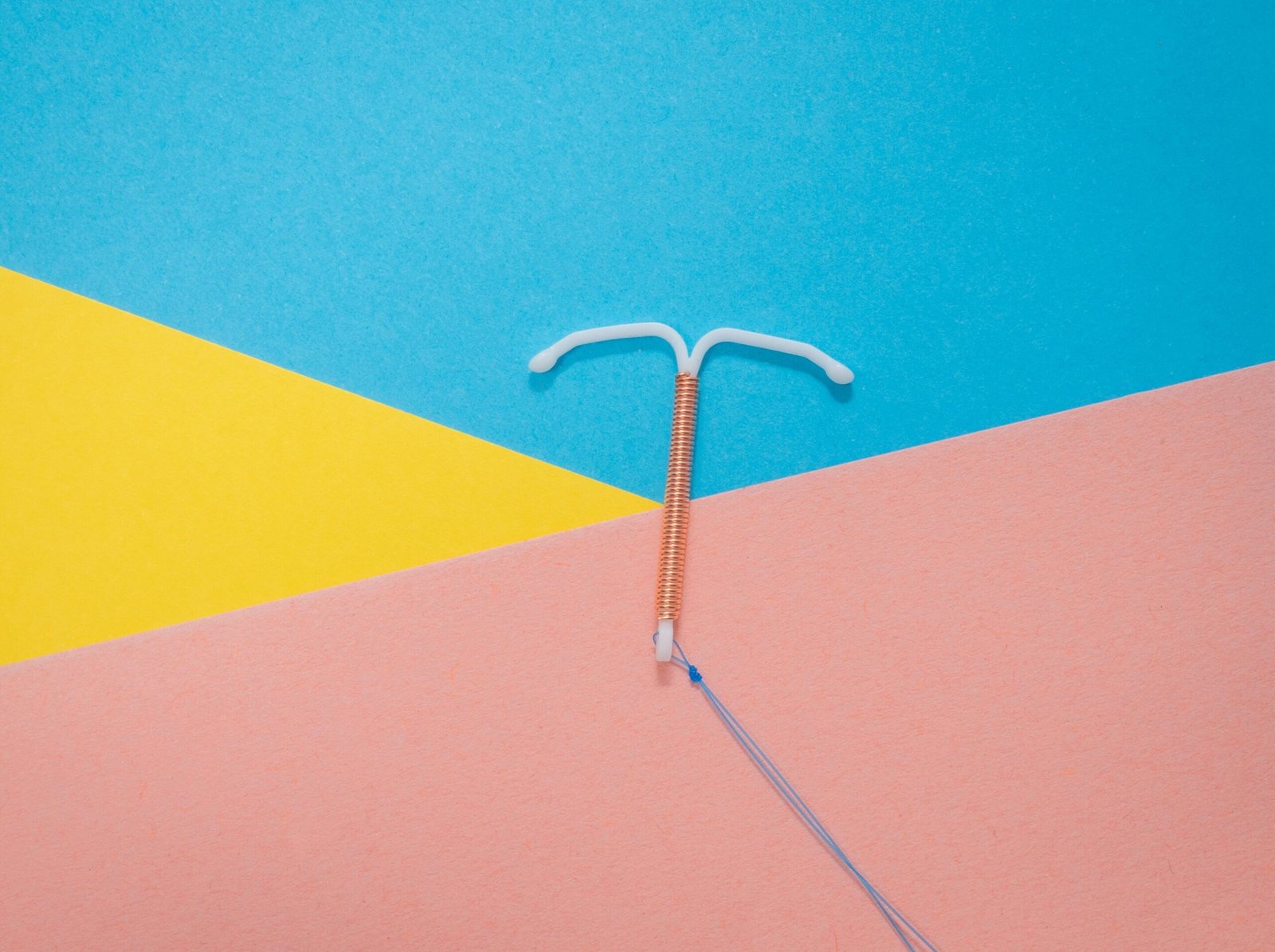Intrauterine devices (IUDs) are a highly effective and long-lasting form of birth control placed in the uterus. Research shows that many people who get IUDs experience moderate to intense pain during the insertion. But it wasn’t until recently that providers began to acknowledge this and do something about it.
This year, the Planned Parenthood League of Massachusetts became one of the first providers in New England to advertise the fact that all patients can get sedated during the procedure. According to PPLM, patients will have the option of IV sedation at its health centers throughout the state. PPLM previously offered a local anesthetic for the procedure.
Other local providers may offer sedation, but by patient request and on a case-by-case basis.

“It’s a really important advance,” said Kathy Simmonds, a reproductive health expert and clinical professor of nursing at Northeastern University.
“The analogy you can think of is childbirth and having people being able to choose what type of birth they want. There are people who want a birth with no medications and there are people who want an epidural. It’s about people having control over their own bodies. They know themselves best. That’s the ethos that we need to approach this with.”
According to Simmonds and other experts, IUDs are appealing because they’re highly effective and long-lasting. Hormonal IUDs can be effective for up to eight years while copper IUDs can last up to 12 years.
But insertion is painful because the device is inserted via the nerve-filled endocervical canal, which is the same area that dilates during labor, according to Elyse Watkins, an associate clinical professor of medical sciences at Northeastern.
Clinicians use a device to artificially dilate the cervix during the procedure. However, Simmonds said the cervix is designed to hold things in, like a pregnancy, and keep bacteria out.
“When we’re putting in an IUD or going against that natural lockdown state of the cervix,” Simmonds said. “That’s why there’s pain, because you’re forcing the cervix to open.”
The level of pain varies from patient to patient, said Watkins, who worked in OB GYN practices for about 20 years. But in her experience working in women’s health, the process was especially painful for those who’d never given birth vaginally.
The only form of pain management offered for a long time was a cervical block, Watkins said, where anesthetic is injected into the cervix—something many found just as stressful as the procedure and was not always effective.
Simmonds added that some clinicians recommend patients take ibuprofen before coming to the procedure or they walk them through pain management practices often used on women in labor (like visual techniques). Some doctors offer medication used in medical abortions that softens the cervix, she added, but there is no evidence this helps.
For many years, practitioners dismissed women’s pain during the procedure and did not adequately prepare them for what to expect, both experts said.
“There’s a historical bias against understanding women’s pain or people with uteruses’ pain,” Simmonds added. “It goes all the way back to hysteria which was believed to be caused by … our uteruses. When you look at the history of medicine, it’s riddled with misunderstandings of everything related to our menstrual cycles, our reproduction. It hasn’t been researched very extensively.”
Clinicians can also take a while to adopt new practices. Watkins said that for a long time, the only IUD available to women was the copper one. Copper IUDs make users prone to certain infections, and as such was only used on women who were finished having children, many of whom found the insertion less painful. This created some misunderstanding about the discomfort felt during the procedure.
“This really speaks to what’s wrong in medicine,” Watkins said. “We didn’t want to insert a copper IUD into a patient who never had a child, because if she ended up with an infection, she might be infertile. … So we weren’t used to talking to women about the pain they might experience because everyone who got an IUD before had already had a child.”
The shift toward offering sedation came not just from research on pain management, Simmonds said, but from patients speaking out—including posting videos about the pain they feel during insertion.
“People talking to each other about the experience has been a really powerful tool to generate some of the demand for this option,” Simmonds said.
“And there’s now increasing research to show (sedation) does help and it’s safe. … That will make clinicians stand up and pay attention if they’re losing business to the other clinic down the road because they’re offering sedation. It’s really driving providers to respond and I think it will drive more research.”
Allowing for sedation can make the procedure more manageable for patients. Simmonds said the options offered also leave room for patients to decide how much sedation they want, based on their own personal history and pain tolerance. And while it can involve exposure to fentanyl, Simmonds said the amount is controlled by the clinicians.
But offering sedation doesn’t come without complications. Watkins said using heavy sedation (as opposed to something like nitrous oxide) requires clinics to hire anesthesiologists. Insurance companies also may not cover sedation and sedating patients means they need someone to bring them home, adding more recovery time to the procedure.
But this move, along with the accompanying research begun on the pain around the insertion and the best ways to manage it, is moving the needle in what Watkins said is a systemic issue of dismissing women’s pain.
“It is a tremendous step forward,” Watkins said. “This is faith in medicine restored. This is such an incredible positive step towards believing women after hundreds of years of not believing women.”
More information:
Elaine A. Lopes-Garcia et al, Assessment of pain and ease of intrauterine device placement according to type of device, parity, and mode of delivery, The European Journal of Contraception & Reproductive Health Care (2023). DOI: 10.1080/13625187.2023.2189500
This story is republished courtesy of Northeastern Global News news.northeastern.edu.
Citation:
Decision to offer sedation for often-painful IUD insertion is ‘groundbreaking,’ health experts say (2024, June 30)
retrieved 30 June 2024
from https://medicalxpress.com/news/2024-06-decision-sedation-painful-iud-insertion.html
This document is subject to copyright. Apart from any fair dealing for the purpose of private study or research, no
part may be reproduced without the written permission. The content is provided for information purposes only.










